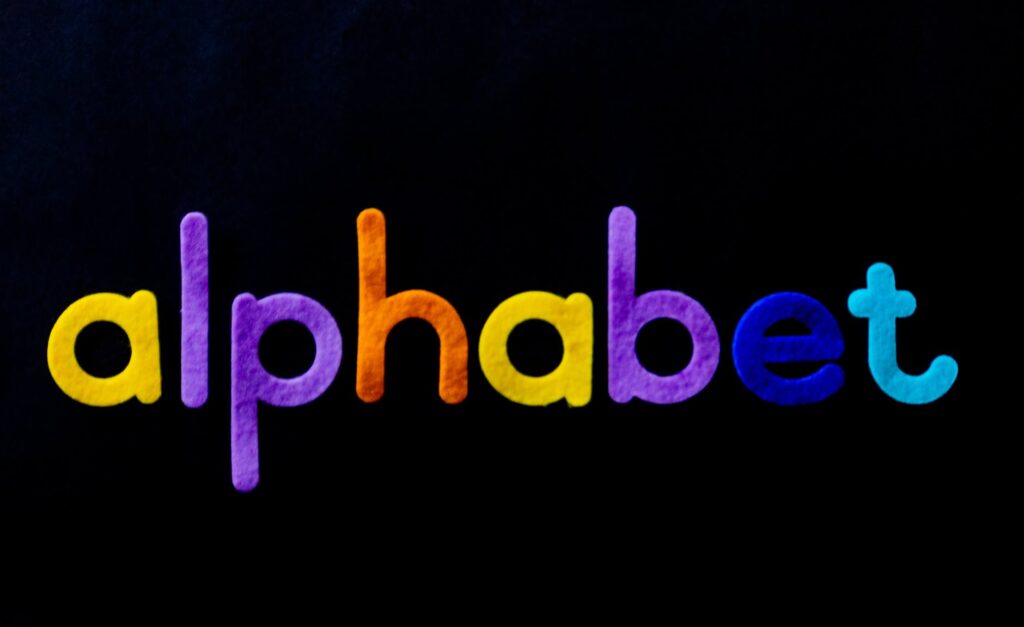
Brands take advantage of the psychology behind logos all the time. The font, colors, and shapes that are used in a logo all have psychological effects on consumers to help them make decisions faster when purchasing products.
A logo is what stops people in their tracks when they are deciding between 20 seemingly similar products on the shelves, and it makes them feel like they made the right purchase decision. The way that companies design these signs and symbols impacts how we perceive brands.
Let’s have a deeper look into the psychology that Logo Design Companies employ and explore how fonts, shapes, lines, and colors can affect a company’s brand to influence purchasing decisions
Psychology Of Color
Our minds are conditioned to respond to color. Color evokes a different feeling in each person since everyone associates the same colors with certain feelings differently depending on their personal experiences.
When we see red, our brains are conditioned to think of stop signs or street lights. However, when the color is used in a different context it can conjure up feelings like passion and danger instead. Green may make us feel life-like emotions such as growth and money because that’s what society has taught us about the color green!
Before creating your logo, it’s important to have a business plan. What type of feeling do you want the brand to convey? Do you want trustworthy or creativity? This decision comes back to what a company stands for and its standards. Once these things are established, then choosing color will become easier because this goes hand in hand with how we feel emotionally about certain colors – which is why they should be evident in our logos!
Companies make their logos stand out in the public eye by choosing colors that reflect the emotions they want to convey. Restaurants try this tactic with red; it stimulates hunger, making customers more likely to order food when seeing a logo like Pizza Hut or KFC. On the other hand, black and white are used for elegance and sophistication (for example, Chanel’s use of monochrome), which is why Apple uses them prominently in its brand image design.
The best logos are those that convey a message with simplicity and eloquence. Be sure to stick with one color whenever possible – it will deliver your message more effectively than the use of many colors ever could!
Psychology Of Font
Choosing the right font for your logo can have a huge impact on how customers perceive you. Each type of typography tells a different story and must be chosen carefully to properly represent your brand’s values, attributes, and personality traits. For example, A sans-serif font like Helvetica is much more straightforward while script fonts such as Lobster are often associated with elegance or luxury brands.
Here’s an infographic showing just how different fonts can be used to represent different moods. 
Shapes
A logo’s shape can make a huge difference in how people interpret it. If you design one with jagged edges, for example, your audience may be more inclined to associate that image with violence or anger rather than peace or love. So when designing an effective logo, think about every aspect of the design and what message each line conveys—and choose shapes accordingly based on intended effects!
If you want to tell the story of your brand, then understanding how shapes affect people psychologically can be really helpful. Shapes are broken down and construed into their most basic form in our heads when we look at them. Different shapes have different psychological effects on us depending on what they mean to us or where they came from historically so knowing this helps designers better represent a brand with shape design choices by using meaning effectively for good storytelling purposes.
As a rule of thumb: Vertical lines are typically associated with masculinity, strength, and aggression while horizontal lines communicate community. This is why you often see vertical patterns in men’s clothing or decor, whereas women opt for more softness through horizontal designs that create a comfortable environment.
The more you know about a company, the better you can understand what that company is looking for in terms of logo design. This understanding allows companies to produce products based on their values while also producing logos based on those same beliefs and goals.
Hidden Or Subliminal Messaging
Designing a logo for an amateur company is tough. They want their brand to represent what they do, not necessarily who they are as people or where the company stands on certain issues.
For example, it would be appropriate if you saw some sort of plunger in a plumbing service’s business card whereas you wouldn’t see that same thing with airlines and travel agencies because planes don’t really have anything to do with traveling by air but rather just getting from point A to point B faster than walking can get us there.
It isn’t always easy though; sometimes companies try too hard when designing things like logos which makes them look unprofessional instead of creative or interesting, so keep this advice in mind before making your own design!
The best logo designs have hidden messages within them that you may not notice after a quick glance. Their subtle use of negative space or hidden meanings makes their design unique and sets it apart from the rest.
In Conclusion:
A great logo is derived from a thorough understanding of the company’s brand and culture. The more you know about their customers, their business goals, and what makes them unique as an organisation—the easier it will be to develop a design that connects with people on both emotional and rational levels.
Are You Looking To Convert Your Business Into A Global Brand?
Brandemic is an Award-winning Branding Startup that can help you in making your brand a world-class one. Request a free brand audit.
